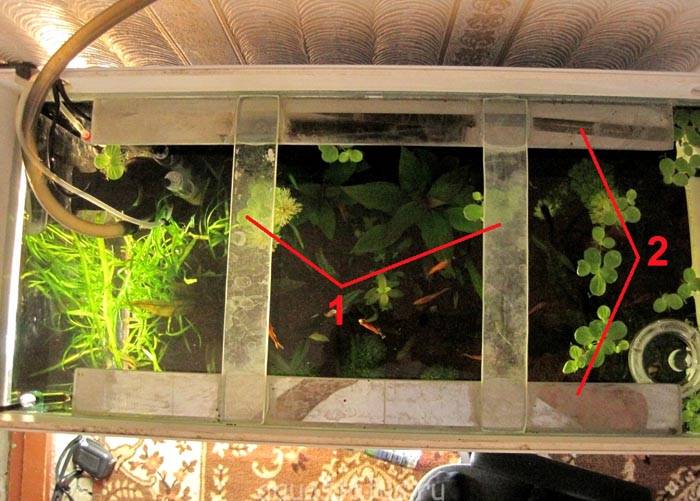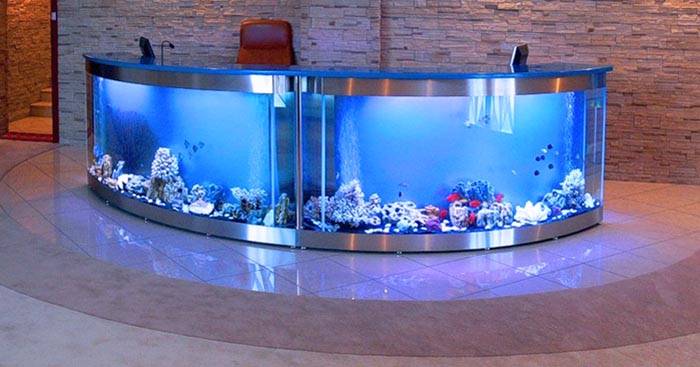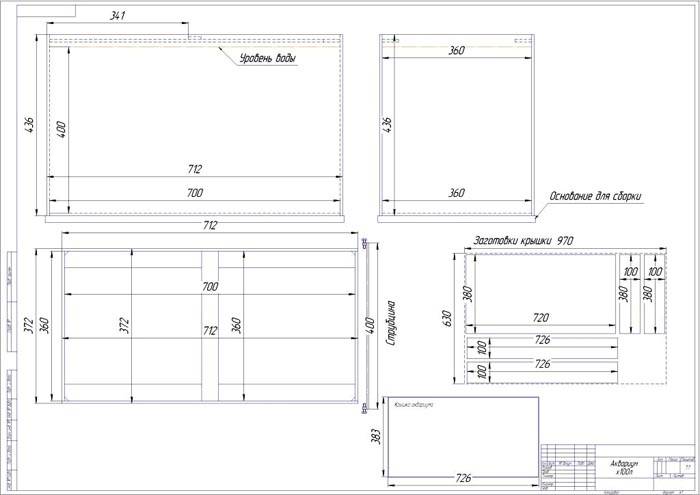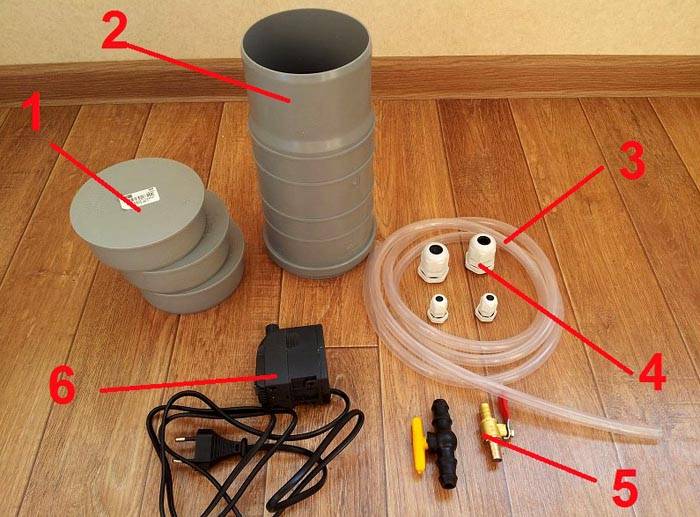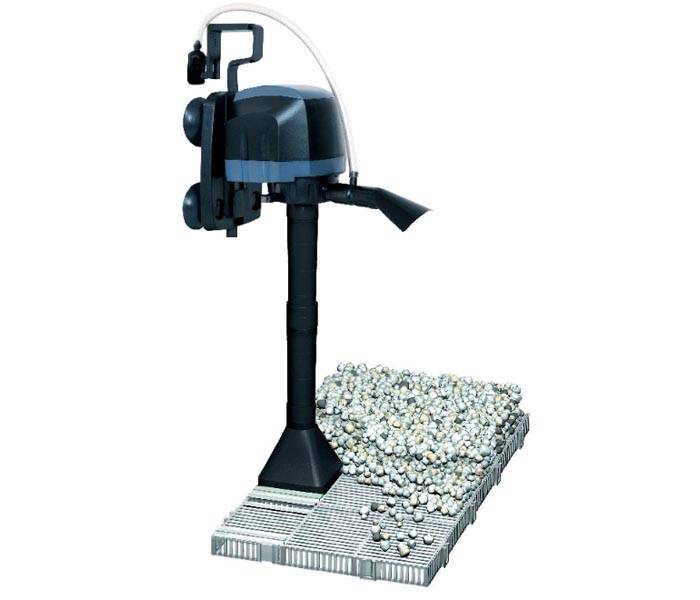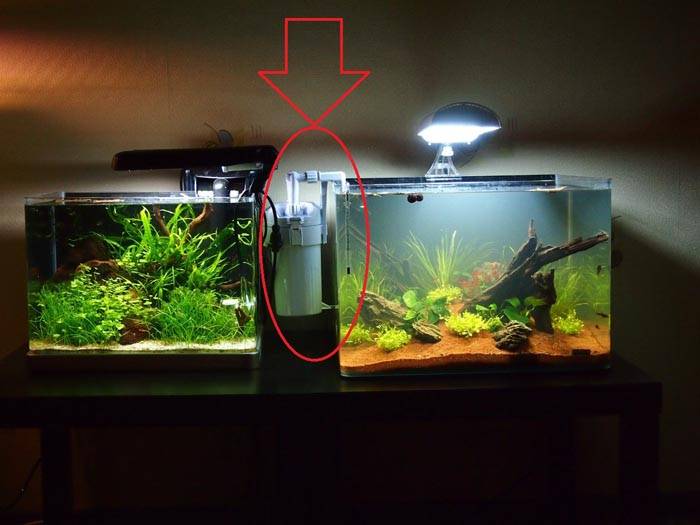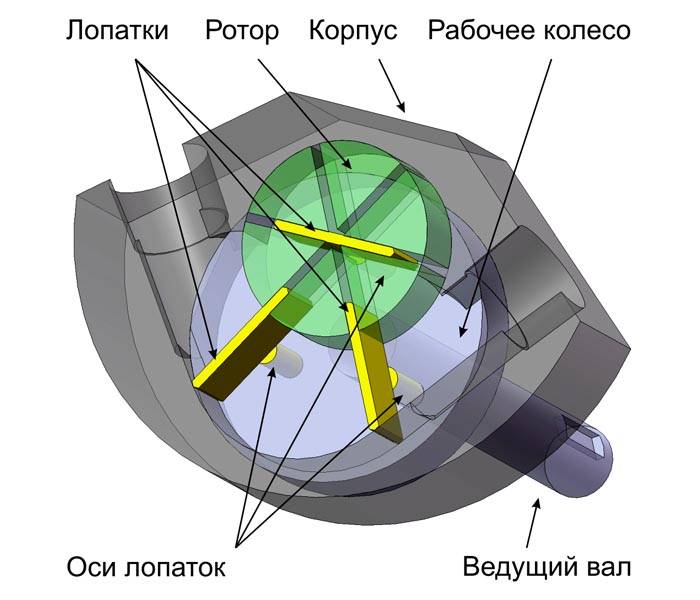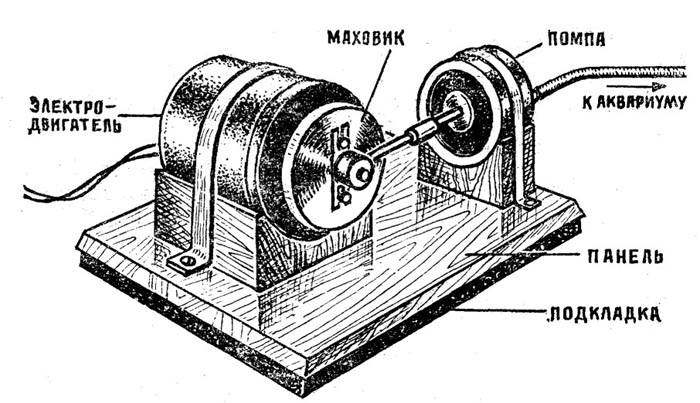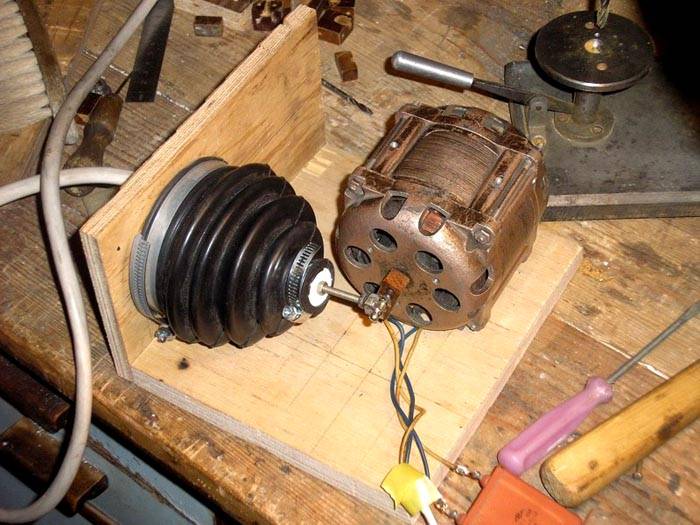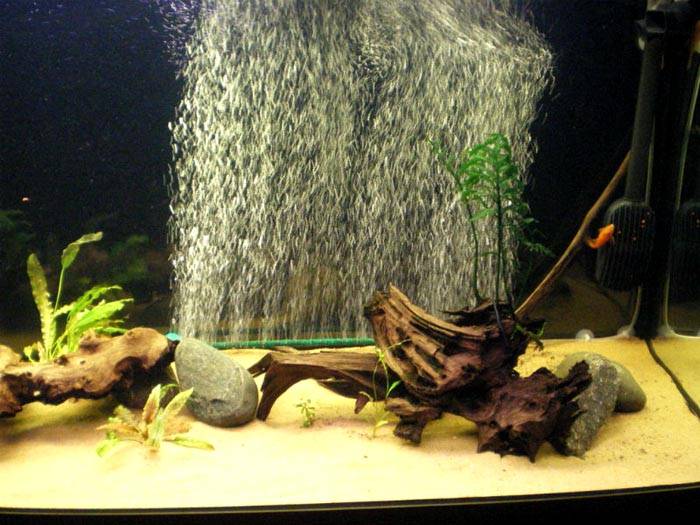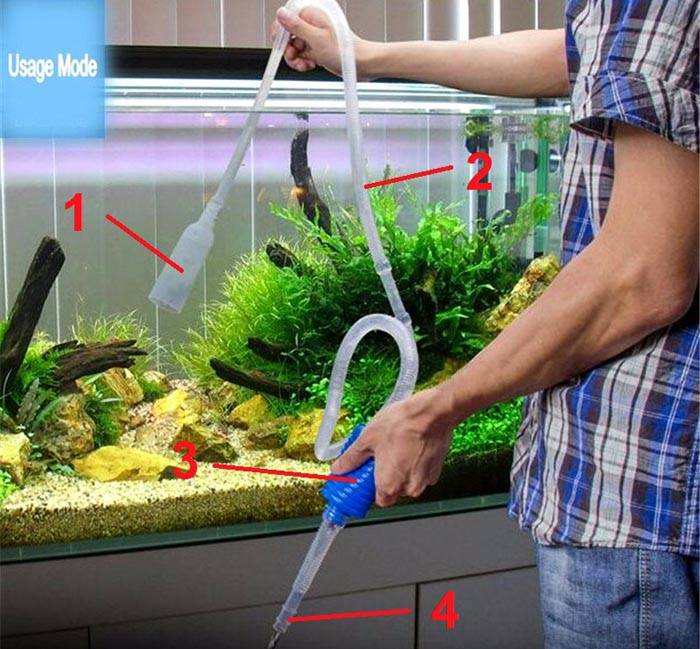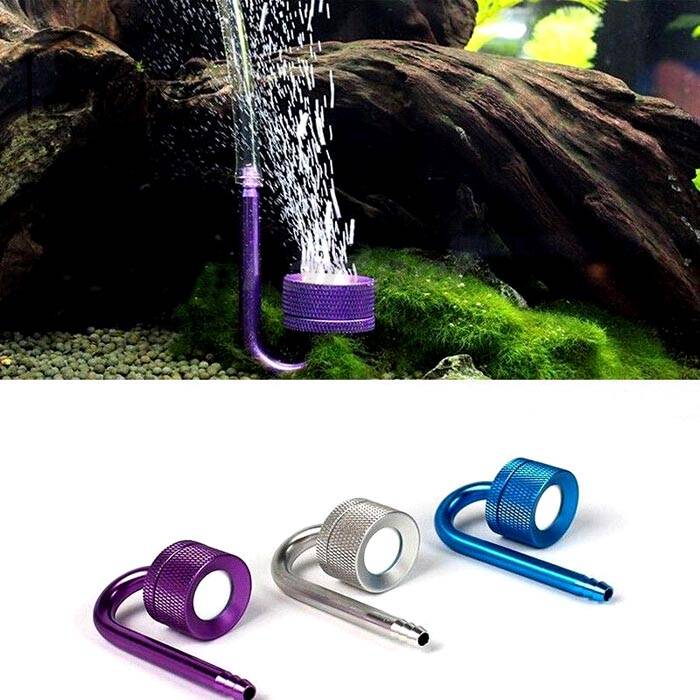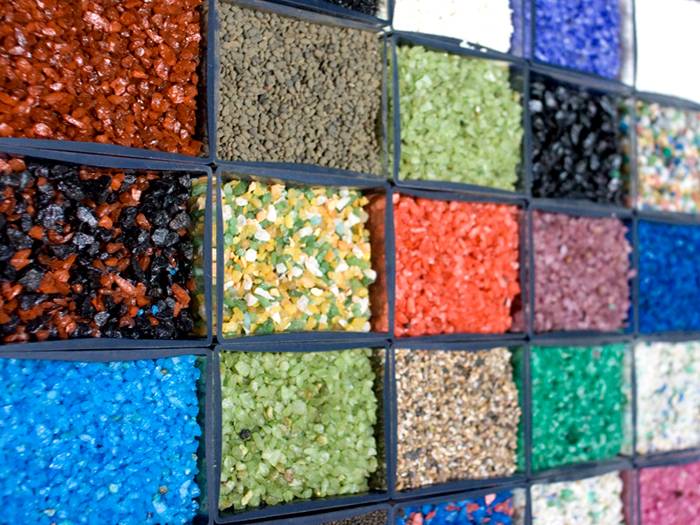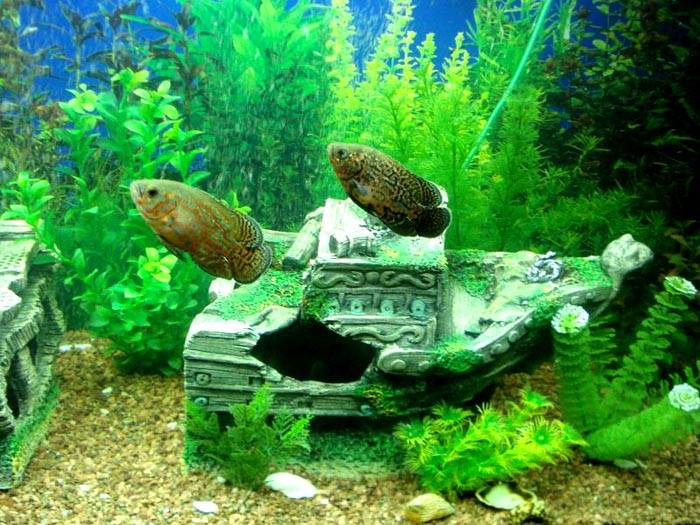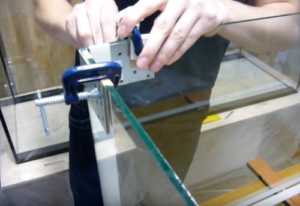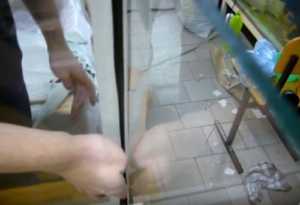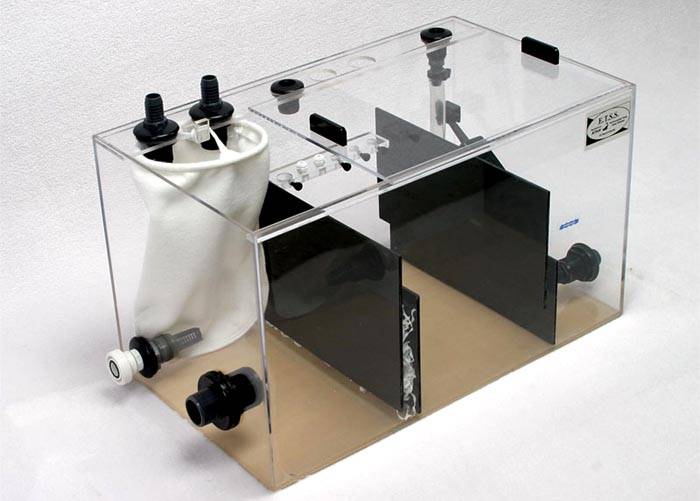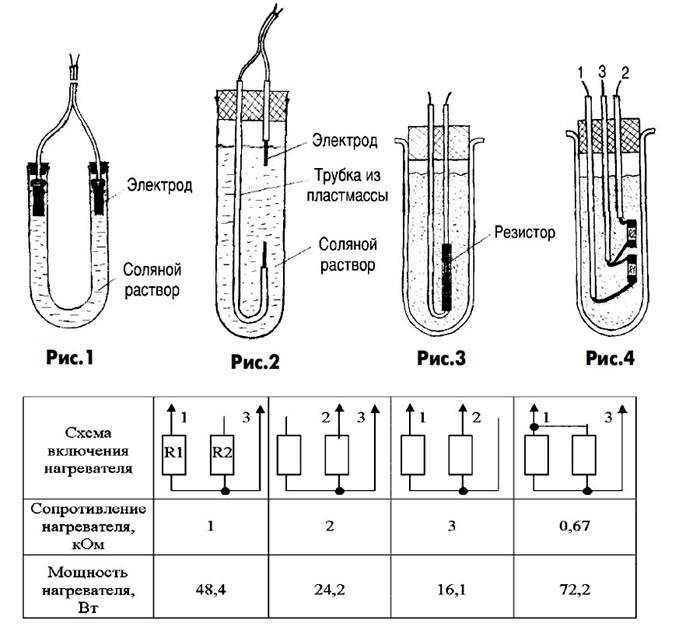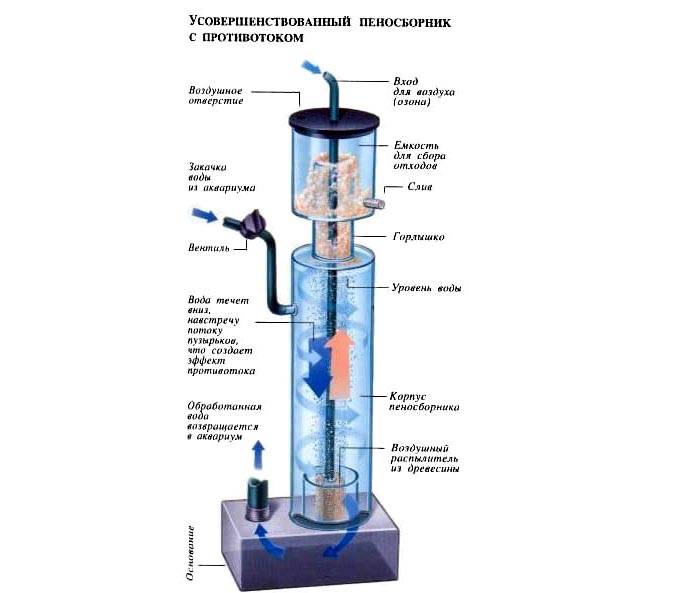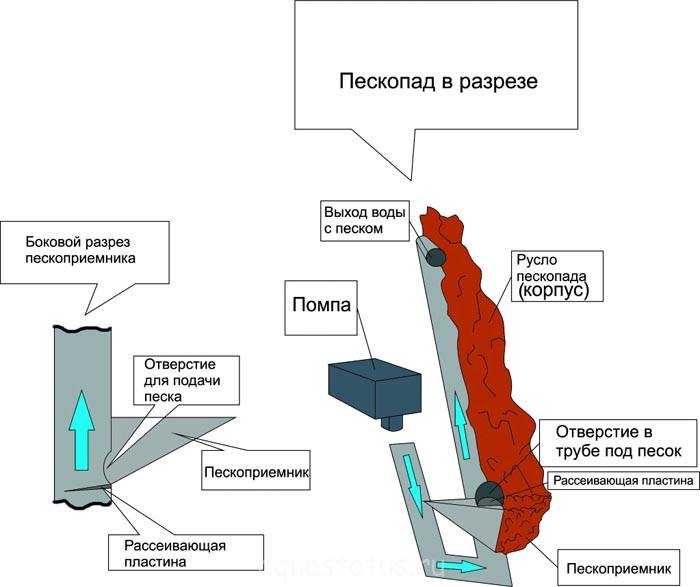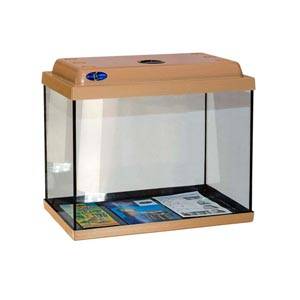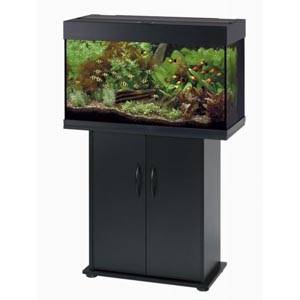How to make an aquarium with your own hands from glass: preparation and implementation of a project without errors
Making your own aquarium will help solve several important problems. First, it will be possible to save money, since finished products are expensive. Secondly, a self-made structure can organically fit specifically into your interior. To make a high-quality aquarium with your own hands out of glass, you need to study effective ways of fastening the individual parts. Knowledge about lighting, aeration, and other decorative and functional additions will come in handy. The necessary information with useful practical tips is collected in this article.
The content of the article [Hide]
- 1 Do-it-yourself aquarium made of glass: why do you need ventilation and other basic components of the structure
- 1.1 How to glue the aquarium: preparing consumables to ensure the tightness of the joints
- 1.2 How to make a quality aquarium cover with your own hands
- 1.3 Reliable and beautiful cabinet for an aquarium: examples of work and manufacturing features
- 1.4 Making an effective DIY aquarium filter
- 1.5 Making a compressor for an aquarium with your own hands
- 1.6 Features of creating a siphon for an aquarium with your own hands
- 1.7 Gas generators: important recommendations for the construction of functional units
- 2 Spectacular decoration: special devices and design elements
- 3 How to make an aquarium with your own hands: step by step instructions with useful comments, video
- 4 Special additions for aquariums
- 4.1 UV sterilizer
- 4.2 Automatic feeder
- 4.3 How to make a do-it-yourself sump for an aquarium
- 4.4 Aerators and Sprayers
- 4.5 Specialized aquarium aerial lift
- 4.6 Snail trap
- 4.7 Refrigerator for aquarium
- 4.8 Maintaining optimal temperature with a heater
- 4.9 Improving the conditions for keeping fish using a nutrient substrate
- 4.10 What you need to know to make a DIY aquarium skimmer
- 4.11 How to make a "sandfall" in an aquarium yourself
- 5 How to buy an inexpensive aquarium online: market overview
- 6 Additional tips and conclusion
Do-it-yourself aquarium made of glass: why do you need ventilation and other basic components of the structure
First, a few features of the selected material should be noted. The design will be easier when creating an aquarium with your own hands from plexiglass. Various dyes are added to it. It is not difficult to bend such polymer sheets to obtain original shapes. It attracts high resistance to mechanical damage.
But high-quality glass surpasses other analogues in terms of a set of consumer parameters. This material provides good transparency over many years of continuous use. It can be cleaned with common detergents to create a perfect appearance.
The benefits of chemical neutrality should be emphasized. The glass does not alter the composition of the liquid in any way, so it is not difficult to create an environment in the aquarium that is favorable for the inhabitants. It is not damaged by ultraviolet radiation, high temperature of heating elements, and other external influences.
The last remark should be supplemented with calculations. In order not to be mistaken with the dimensions of the product, you can take the regulatory data from this table:
| The length of the largest fish, cm | Water volume per fish, l | Recommended surface area for 1 fish, sq. cm |
|---|---|---|
| 1-1,5 | 2-3 | 20-30 |
| 1,5-2 | 4-5 | 60-70 |
| 2-3 | 6-7 | 80-100 |
| 3-4 | 8-9 | 110-130 |
| 4-6 | 10-12 | 140-160 |
It is possible and even necessary to increase the water surface area. This improves oxygenation of the fluid naturally, without forced aeration. Based on the values obtained, the dimensions of the product are selected. The form is specified taking into account design requirements.
You should purchase glass from the M4 to M7 brand. In products with smaller digital indicators, according to the current industry standards, small inclusions of air bubbles and other defects are permissible. A uniform wall structure is required for an aquarium, since significant loads are expected.
Such documentation is useful for cutting workpieces according to the marked dimensions in a glass workshop. This service is sometimes offered completely free of charge, subject to the purchase of materials from the performers. Prepare corrugated cardboard and other suitable packaging for transportation.
Below are the data on glass thickness. Positions are marked in green when creating a simple aquarium. Yellow - the version with stiffeners. Red - with transverse braces and longitudinal stiffeners. All dimensions are in mm.
How to glue the aquarium: preparing consumables to ensure the tightness of the joints
These connections are made using silicone sealants. It is desirable to use formulations without additives that can degrade the original characteristics. The disadvantages of some of the components are listed below:
It is harmless to fish and plants. The surfaces must be thoroughly cleaned and degreased before gluing. To perform these operations, you need to purchase technical alcohol, or acetone.
Video: how to glue an aquarium with your own hands

Written instructions describing the main stages are given below, in a separate section of the article.
How to make a quality aquarium cover with your own hands
This element creates a barrier for fish, which can jump out and die. It also prevents dust from entering the aquarium. This precaution is useful if there are small children and pets at home.
The size and shape of this unit is chosen taking into account the corresponding parameters of the aquarium. The structure is removable to simplify maintenance. Lightweight materials, moisture-resistant decorative coatings are used. Strong and durable plastic cladding panels are quite suitable.
Reliable and beautiful cabinet for an aquarium: examples of work and manufacturing features
The requirements for this part of the design are outlined below:
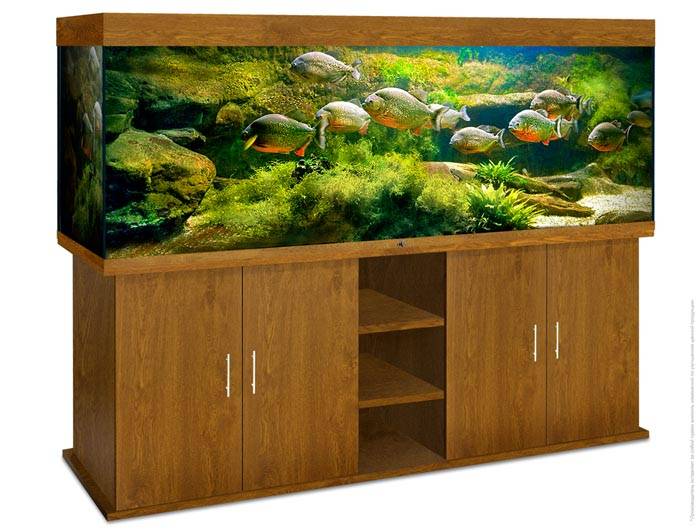
A functional and beautiful do-it-yourself aquarium cabinet together with the upper part (lid) can be assembled from standard cabinet furniture components
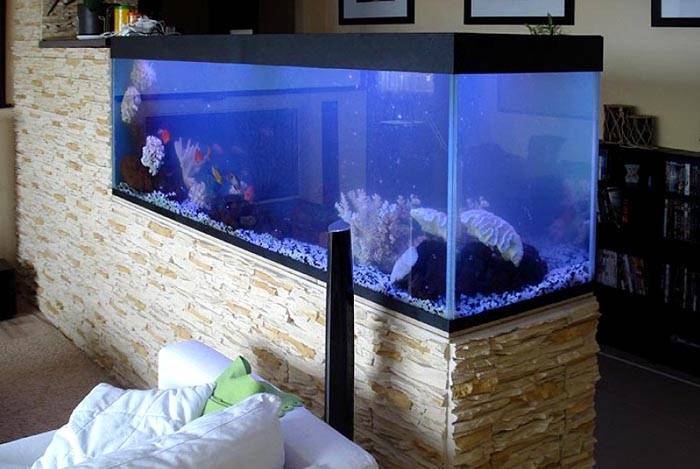
Brick with a decorative finish (artificial stone) will provide a reliable support for a heavy structure
Making an effective DIY aquarium filter
The purpose of all products in this category is to remove harmful impurities from the water that are formed in the aquarium during operation. Different technologies are used to solve this problem:
These components are used as follows:
To create a phyto filter for an aquarium with your own hands, you need to study the principles of operation of the corresponding devices. Specialists know that the most important problem is the timely removal of nitrites and ammonia compounds. The above mentioned dietary supplements decompose harmful substances only to nitrates.
Plants perform useful functions in phyto filtration technologies. Their roots extract the compounds listed above from the water.It is only necessary to ensure the supply of liquid to the appropriate area, followed by the separation of mechanical impurities, backflow into the aquarium.

A large pallet with plants is placed on top. This will create an additional load that must be taken into account when calculating the load-bearing frame.
Here, useful functions are performed by the substrate poured into the aquarium.
These products simplify service. Cleaning and replacing filter elements can be done without unnecessary difficulty.
When buying such a filter for an aquarium, the price will be higher than the total cost of making a homemade product. The correct application of the information provided in this article will help you create a high-quality, effective cleaning system without unnecessary costs.
Making a compressor for an aquarium with your own hands
Oxygen is needed for the normal functioning of fish. Even with a large surface area, the supply may not be sufficient. It should not be forgotten that in the open air, the wind performs the corresponding useful functions completely free. At home, forced feed is used using specialized equipment.
In household models, membrane structures are used to equip aquariums. Reciprocating compressors are used to increase productivity. They have a relatively high noise level. They are installed to aerate aquariums with a volume of more than 250 liters.
The desired result can be obtained with the help of available tools. First you need to find a container to store air. A ball chamber, an air mattress, an old tank with a membrane from a reverse osmosis system will do. It is filled with a hand (foot) pump to the desired pressure. To eliminate losses, use a tee with valves. A tube is connected to it. When immersed in an aquarium, aeration will be performed.
Features of creating a siphon for an aquarium with your own hands
With this device, mechanical impurities that settle on the bottom are removed. The extended part (1) is carried out in the cleaning area. To create a primary vacuum, a hand pump (3) is used, which is connected with a flexible hose (2). The outlet part (4) is lowered below for the subsequent movement of the liquid by gravity.
After reading this description, it is not difficult to understand how to make a siphon for an aquarium with your own hands. It is necessary to select components that will not pollute the water themselves. If there is no pump, you can create a vacuum with a vacuum cleaner, or by inhaling a little air through your mouth. Prepare a container for dirty water. After a short period of settling, large particles will accumulate at the bottom. They are removed, the purified liquid is poured back into the aquarium.
Gas generators: important recommendations for the construction of functional units
It is not difficult to do it yourself with a sufficient amount of CO2 in the aquarium. Refueling with carbon dioxide is cheap.
The cylinder is designed for high pressure. It can store large amounts of gas. Using a pressure gauge, the remaining stock is determined. The valve precisely controls the flow.

Such drugs saturate the water with carbon dioxide. They are used in accordance with the manufacturer's instructions.
This article presents not only ready-made solutions from stores, but also technologies for creating homemade products. Experienced aquarists and novices alike successfully use fermentation processes to produce CO2 at home. This set of ingredients will come in handy in practice:
The ingredients are mixed, cooked for 20-30 minutes. Then they cool slowly, add beer shivers at the rate of 5 tbsp. spoons per liter of liquid. To intensify fermentation, use pieces of bread, food for fish. Such a composition remains operational for up to 2.5-3 months. After - they replace the mash completely, or only by 60-70%.
The second tank serves as an intermediate filter. At the same time, the bubbles can be used to monitor the intensity of the process. When creating such a kit, use suitable plastic bottles. A silicone sealant is suitable for making tight connections.
Important restrictions should be kept in mind when using this technology:
When the health of the fish worsens, the supply of carbon dioxide is reduced or stopped completely. To restore normal oxygen content, forced aeration is turned on. The same problem can be solved by making an oxidizer for the aquarium with your own hands.
A functional oxygen generator can be assembled from available tools in a few minutes. Select a container of a suitable size (medicine bottle, glass or plastic cup). A little hydrogen peroxide is poured into it and a piece of shungite is immersed. The hole is plugged with an aquarium diffuser, which should be at the bottom when immersed.
Spectacular decoration: special devices and design elements
Any items can be used to fill the aquarium. In any case, it is necessary to ensure safety for fish and plants. This requirement is not limited to the penetration of harmful contaminants. The trade network offers moving, too bright and other devices "for aquariums". Some of them provoke stressful situations. Others are not suitable given the behavior of certain species of fish.
Decor elements are created from different materials. They are covered with various protective layers. When choosing, you must remember about the potential dangers.For example, some natural minerals can significantly change the chemical composition of water when immersed. Calcium and magnesium components increase the level of hardness. Phosphate compounds have a negative impact on the health of fish. Safe are: basalt, granite, pumice, quartz rocks. But artificial stones intended for aquariums certainly do not contain any harmful components.
But such designs are distinguished by a high level of realism. Inside - you can hide pipes, other technological parts of the structure.
On a computer, you can create a unique drawing with the desired resolution, certain aesthetic characteristics. To apply it on a suitable base, you can use the services of a specialized service center. The finished picture is glued to the back of the glass, which provides good protection against adverse external influences. At the same time, contamination of the aquarium water is prevented.
The right choice of soil for the aquarium: you can create the optimal composition with your own hands
This essential component of the aquarium has both aesthetic and practical functions. It is home to beneficial bacteria. It is the basis for fixing the root systems of plants. Some aquarium fish, when a danger arises, create shelters in the ground, dig holes for laying eggs.
Backfills are used based on sand, crushed minerals, polymers, glass. In the latter embodiment, the pieces of material are treated with a high temperature to smooth out the protrusions. When creating a nutrient soil for an aquarium with your own hands, special ingredients are added to it to solve the following tasks:
When choosing, pay attention to the following information:
Do-it-yourself potassium supplementation for an aquarium is used if the plants begin to lose leaves. Iron deficiency appears as light spots. In the absence of nitrogen, the mechanism of protein production is disrupted. Magnesium, phosphorus, silicon, and other trace elements are required in insignificant quantities.
They are immersed in the backfill. The exact amount of drugs and methods of use are described in the manufacturer's instructions. Also, similar products are produced in liquid form.
DIY aquarium driftwood: a beautiful and durable product
These elements are used to create not only exclusive compositions. They are necessary to create a comfortable environment for certain types of fish. If you plan to make a snag in the aquarium with your own hands, pay special attention to its preparation. The selected wood is cleaned of bark and dirt and boiled in water for at least two days. Only a product prepared in this way will be protected from rotting and possible "blooming".
If you figure out how to make a driftwood for an aquarium with your own hands from stained wood, you can saturate the water with tannins, acids of organic origin. This environment is comfortable for carp and some other fish species.

The appearance of an artificial driftwood does not differ from its natural counterpart, even in small details
Even experienced aquarists prefer this kind of artificial products. They do not contain any hazardous substances.
Mainsail for aquarium
The general rules outlined below will help you choose decor details without errors:
Economical and reliable lighting
Previously, halogen and gas discharge lamps were used to solve such problems. Nowadays, when creating a lamp for an aquarium with your own hands, preference is given to semiconductor devices:
For approximate calculations, three gradations are used (in lumens per 1 liter of aquarium volume):
When setting up the backlight for an aquarium with your own hands, set the correct operating mode. The duration of photosynthesis, taking into account artificial and natural sources, should be at least 8 hours a day. It is not worth increasing the range, as this can provoke excessive algae growth.
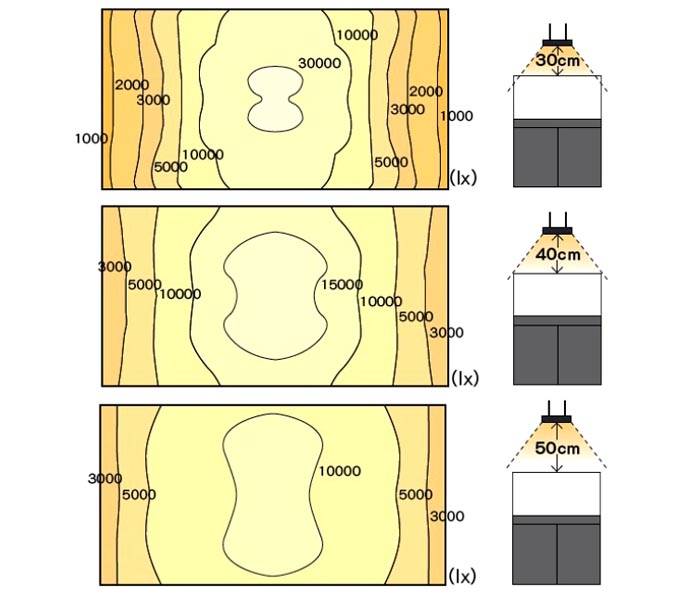
This diagram explains the dependence of the surface illumination depending on the mounting height of the device.
How to make an aquarium with your own hands: step by step instructions with useful comments, video
Other parts are connected in a similar way. After completing the procedures, it is necessary to withstand the time required for the silicone to dry. Next, the clamps are removed, the tightness of the structure is checked empirically. DIY aquarium repairs can be done using the same technology.

Special additions for aquariums
This section contains information on special equipment. Some products can be created by yourself. Others are best purchased at the store.

In a specialized trade enterprise, in addition to a good assortment, you can use official guarantees, free professional advice
UV sterilizer
For disinfection, water is treated with ultraviolet radiation. The lamp (of the corresponding spectrum) is placed in a sealed casing through which a liquid flow is passed.
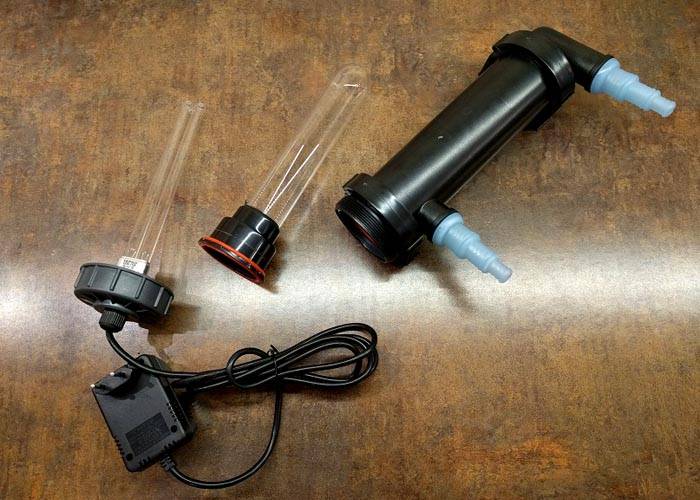
After getting acquainted with the principles of operation, making such a UV sterilizer with your own hands does not take much time.
Automatic feeder
The desired result can be obtained by installing the platform at a slight slope, ensuring the movement of bulk solids by means of vibration. To create such an auto-feeder for an aquarium with your own hands, an old mobile phone is useful. It is attached using a rigid mount. Turning on the "vibration" call will create the necessary mechanical stress. You can control such a device remotely.
How to make a do-it-yourself sump for an aquarium
This term denotes a separate container, which is used directly for the correct preparation of the aquatic environment.
When creating a sump for an aquarium with your own hands, you need to determine exactly the necessary processing steps. As a rule, several stages of filtration are used. In the last compartment, a heating element with a thermostat is installed to maintain the nominal temperature level.
Aerators and Sprayers

To make a simple sprayer for an aquarium with your own hands, make the required number of small holes in the tube
In search of the right solution, one must remember about the need to create free passages for air, ease of cleaning. Make sure that the compressor capacity is sufficient. The buoyancy unnecessary for this part is eliminated by the load.
These materials are also used to create a do-it-yourself aerator for an aquarium:
aerator for aquarium
Specialized aquarium aerial lift
This device moves water from depth to the top. Useful actions are performed using air bubbles. Such designs are used in filtration systems. To create a do-it-yourself airlift for an aquarium, you need to take a wide tube. Holes are made in the lower part. It is immersed in a sponge, which will prevent the penetration of mechanical impurities. Compressed air is supplied to the middle of the structure through a special branch pipe.
Snail trap
To automate the cleaning of the aquarium, use different plastic containers.
A do-it-yourself snail trap in an aquarium should be equipped with a device that provides freedom of movement only inward. In this project, such functions are performed by combs made of flexible polymer threads (marked with arrows).
Refrigerator for aquarium
A do-it-yourself aquarium refrigerator project is created taking into account personal preferences and capabilities. Air conditioners and other household appliances, water and air cooling schemes are used.
Maintaining optimal temperature with a heater
Here, the temperature of the liquid rises as an electric current flows. The desired resistance can be obtained by changing the concentration of the brine.
Improving the conditions for keeping fish using a nutrient substrate
Making a quality, nutritious substrate for your aquarium with your own hands is a daunting task, even for experienced aquarists. When choosing suitable components, it is necessary to ensure the availability of a sufficient amount of organic matter necessary for the harmonious development of plants. At the same time it is necessary to block dangerous decay processes. The good solubility of beneficial ingredients is complemented by the absence of "emissions" that pollute the aquatic environment. Manufacturers of specialized products keep their recipes secret. Published techniques are poorly repeatable.
As a rule, substrates include:
What you need to know to make a DIY aquarium skimmer
Such devices are used autonomously or as part of filtration systems. They collect foam together with impurities in a special container for subsequent disposal.
How to make a "sandfall" in an aquarium yourself
The most difficult part of a do-it-yourself sandfall is the channel. It is not only the relief that matters, but also the angle of inclination. The optimal parameters can be selected during testing. The ability to change the pressure using pump performance adjustment will come in handy.
How to buy an inexpensive aquarium online: market overview
Additional tips and conclusion
Making an aquarium with your own hands from glass is not too difficult, even for beginners. Detailed written and video instructions will help you create a durable, reliable and beautiful container. However, it is much more difficult to properly equip your aquarium with additional accessories.Here you will have to take into account the characteristics of the fish and the specific conditions of their maintenance. It is necessary to pay attention to the methods of plant care, cleaning and maintaining the optimal composition of the liquid. The project should be considered as a whole in order to exclude erroneous decisions.






